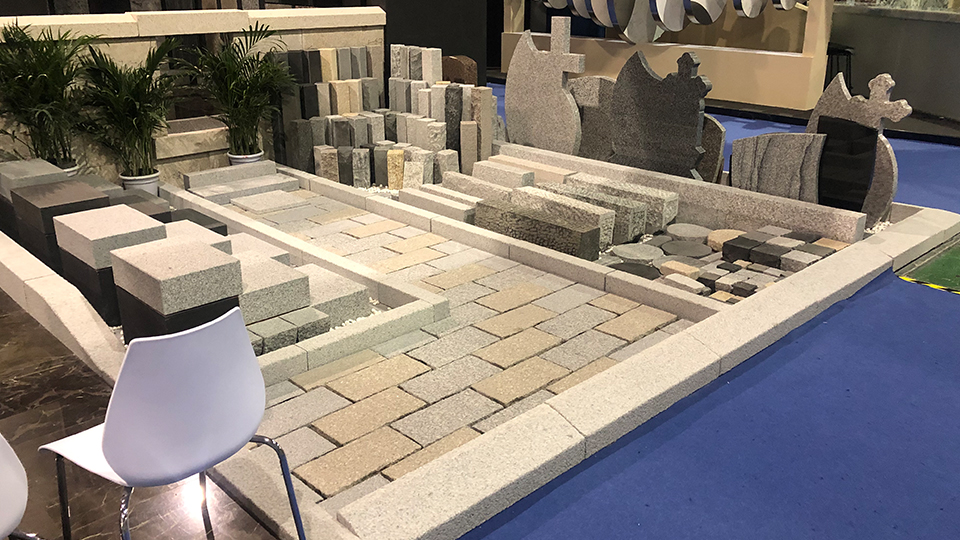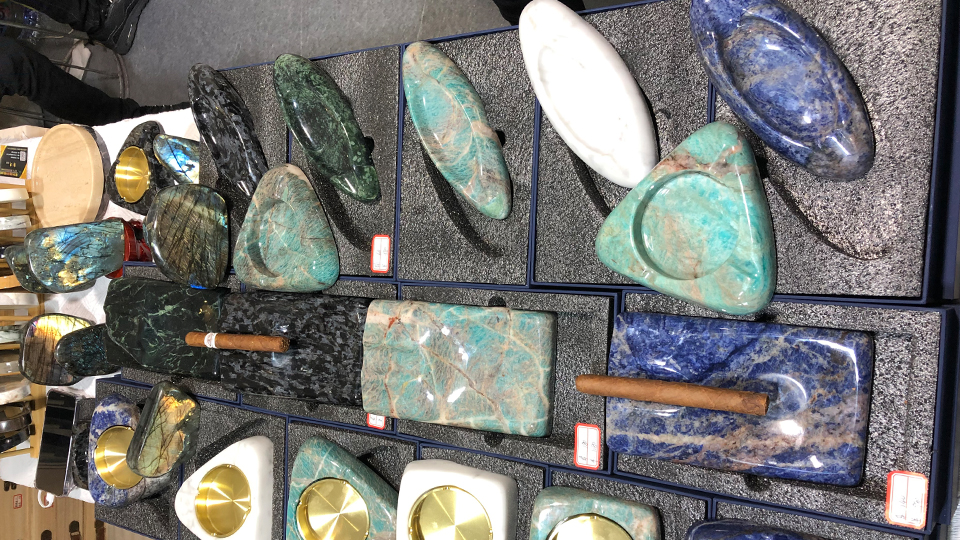

Granite, a majestic and durable natural stone, is renowned for its widespread use in countertops, flooring, monuments, and building facades. While many might picture granite as a uniform gray or speckled black, the reality is a vibrant spectrum of colors. Unlike a painted surface, the color of granite is not an artificial hue but a direct reflection of its geological origin and, more specifically, the unique blend and concentration of minerals present during its formation. Understanding "what color is granite" requires a delve into its petrology, revealing a captivating interplay of chemistry, pressure, and time beneath the Earth's surface.
The Geological Palette: How Granite Gets its Color
Granite is an intrusive igneous rock, meaning it forms from the slow crystallization of magma below the Earth's surface. As this molten rock cools, various minerals crystallize and interlock, giving granite its characteristic granular texture. The specific types and proportions of these minerals are the primary determinants of granite's color.
The main mineral constituents of granite typically include:
Quartz: Usually milky white, translucent, or gray. A high concentration of quartz contributes to lighter, often white or gray granite.
Feldspar (Orthoclase and Plagioclase): This is the most influential mineral for granite's color, often making up the largest percentage of the rock.
Potassium Feldspar (Orthoclase): Often pink, red, or salmon-colored. The more potassium feldspar, the more pronounced these warm tones will be.
Plagioclase Feldspar: Typically white, off-white, or light gray.
Mica:
Biotite Mica: Appears as shiny black flakes, contributing black speckles or veins.
Muscovite Mica: Appears as silvery or golden flakes, adding sparkle and lighter tones.
Amphibole (e.g., Hornblende): Generally dark green or black, contributing dark specks and a greenish or darker overall hue.
Other Trace Minerals and Impurities: Even minute amounts of other minerals, or elements like iron oxides, can introduce vibrant or unusual colors. For instance, the presence of specific iron oxides can intensify reds, while trace amounts of amethyst can introduce faint purples.
The size and distribution of these mineral grains also play a role. Larger, coarser grains create a more speckled or "salt and pepper" appearance, while finer grains result in a more uniform or muted color.
The Kaleidoscope of Granite Colors

Given the varied mineral compositions, granite truly comes in an astonishing array of colors, far beyond simple black and white. Here's a breakdown of the most common and some rarer hues:
1. Whites and Grays:
Composition: High in quartz and white/light gray feldspars, with minimal dark minerals.
Appearance: Ranges from almost pure white (rare, often with very fine black speckles) to light gray with darker flecks and veining.
Examples: Alaska White, Bianco Antico, Colonial White, River White, Aspen White. These are often characterized by subtle patterns, often with hints of brown, black, or even burgundy.
2. Blacks:
Composition: Predominantly dark minerals like biotite and amphiboles, with less quartz and feldspar.
Appearance: Ranges from deep, consistent black (e.g., Absolute Black) to blacks with various metallic flecks (gold, silver), white speckles, or subtle gray veining.
Examples: Absolute Black, Black Galaxy (with gold/silver flecks), Black Pearl, Black Forest (with prominent white/gray veining).
3. Browns and Golds:
Composition: Often rich in potassium feldspar (sometimes altered), amphiboles, and mica, with varying amounts of quartz. Iron oxides can also contribute to the golden tones.
Appearance: Earthy and warm, ranging from light beige and tan to deep coffee and chocolate browns, often with intricate patterns of black, red, and burnt orange. Gold varieties can have sparkling mica flakes.
Examples: Tan Brown, Baltic Brown, Coffee Brown, Giallo Ornamental, New Venetian Gold.
4. Reds and Pinks:
Composition: High concentration of potassium feldspar. The intensity of the red or pink depends on the specific type of feldspar and the presence of other coloring agents like iron oxide.
Appearance: From subtle rosy pinks to deep, vibrant reds, often with a speckled appearance from other minerals.
Examples: Red Dragon, Rosso Balmoral, Juparana Columbo.
5. Greens:
Composition: Less common, often due to the presence of green minerals like chlorite or specific types of feldspar (e.g., amazonite). Sometimes, what is sold as "green granite" might technically be another type of igneous rock (e.g., serpentine or gabbro) due to marketing.
Appearance: Can range from subtle sage greens to deep forest or emerald greens, often with contrasting dark veins or flecks.
Examples: Verde Ubatuba, Verde Butterfly, Costa Esmeralda.

6. Blues:
Composition: Very rare in true granite. The blue hue is typically caused by specific exotic minerals like sodalite or labradorite (a type of feldspar). Often, stones marketed as "blue granite" are technically other igneous rocks like anorthosite or larvikite.
Appearance: Ranges from subtle bluish-gray tones to striking, iridescent deep blues with metallic flecks.
Examples: Blue Pearl, Volga Blue, Azul Bahia (often a very pure blue).
Factors Beyond Mineralogy Affecting Appearance:
While mineral composition is king, other elements can influence the perceived color and aesthetics of granite:
Finishing: The surface finish can alter how light interacts with the minerals. A highly polished (glossy) finish often deepens colors and enhances sparkle, while a honed (matte) or leathered (textured) finish can make colors appear softer or more muted.
Lighting: Natural and artificial lighting in a space will significantly impact how granite's colors are perceived throughout the day.
Geological Variation: Even within the same quarry, granite slabs can show variations in mineral distribution and concentration, leading to unique patterns and subtle color shifts from one slab to the next. This is why "batch variation" is common in natural stone.
Conclusion
So, "what color is granite?" The answer is as diverse and complex as the Earth's geology itself. It is not a singular color, but a spectrum of natural hues and intricate patterns, each a unique fingerprint of the planet's powerful geological processes. From classic whites and blacks to rich browns, vibrant reds, and exotic blues and greens, granite offers an unparalleled palette for design and construction. Understanding that its color is derived from its mineral composition allows for a deeper appreciation of this remarkable natural stone, ensuring that when you choose granite, you're not just selecting a color, but a piece of geological artistry.
Name: selena
Mobile:8613176910558
Tel:86-13176910558
Whatsapp:8619323167067
Email:409284553@qq.com
Add:Laizhou ,Shandong , Shandong Province, China